Top 70 Medical Abbreviations in Medical Record Notes and Sample History & Physical Exam Note
Medical abbreviations play a crucial role in the healthcare field by simplifying communication, improving efficiency, and ensuring patient safety. Accurate and standardized use of medical abbreviations is essential in medical record notes, as misinterpretation can lead to serious consequences. In this essay, we will present a comprehensive list of the top 70 medical abbreviations commonly used in medical record notes and a sample history and physical exam medical record note using the abbreviations, followed by a table for easy reference and multiple choice practice questions with answer explanations.

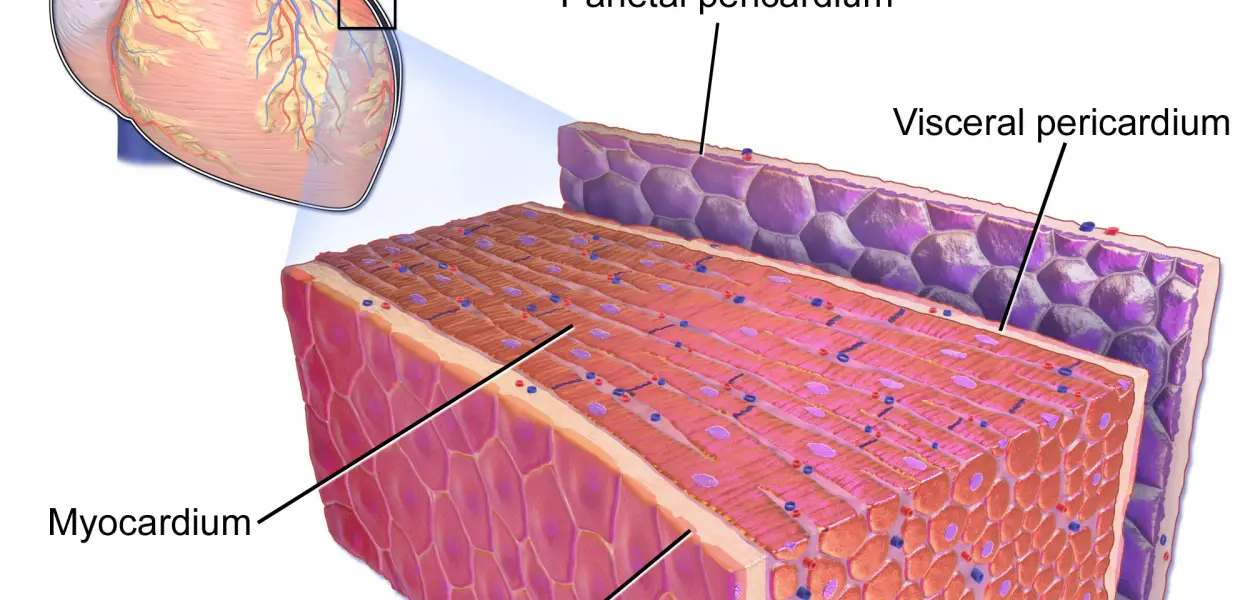
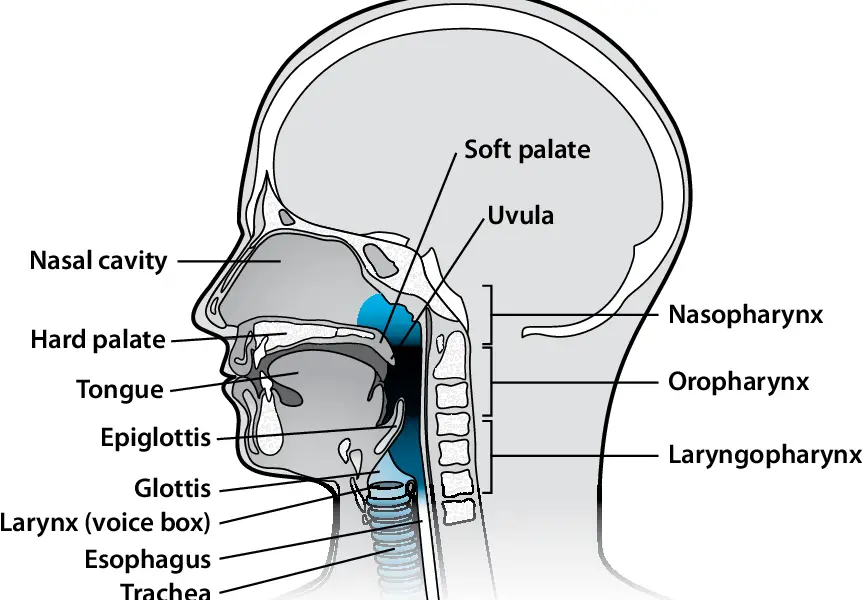

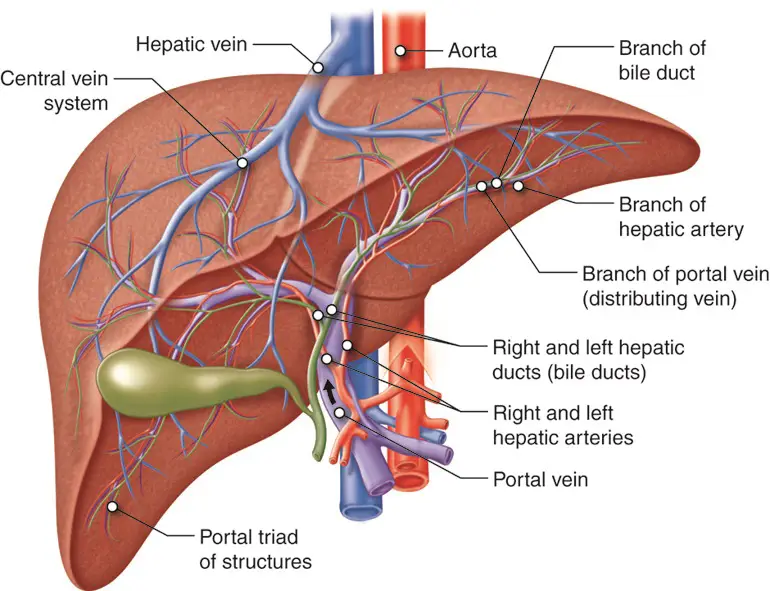
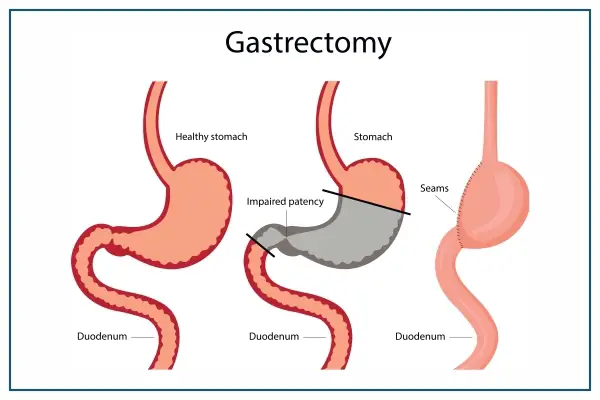
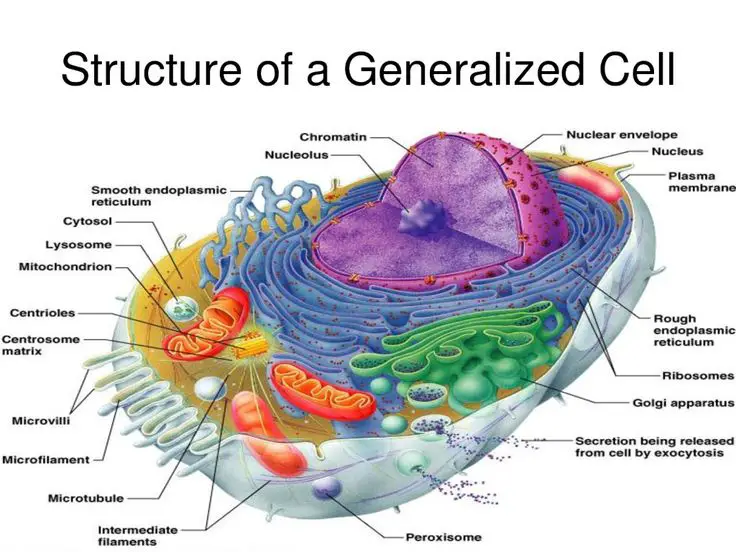
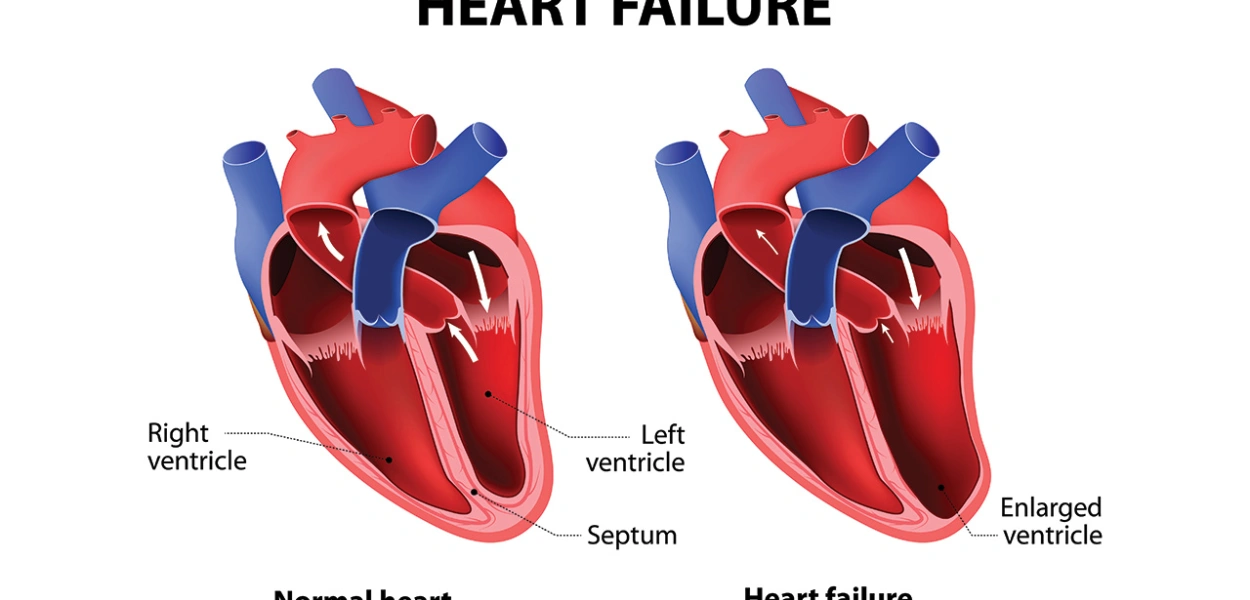
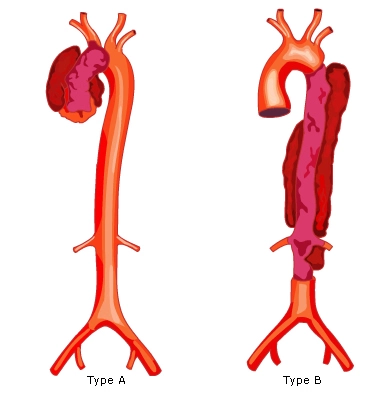
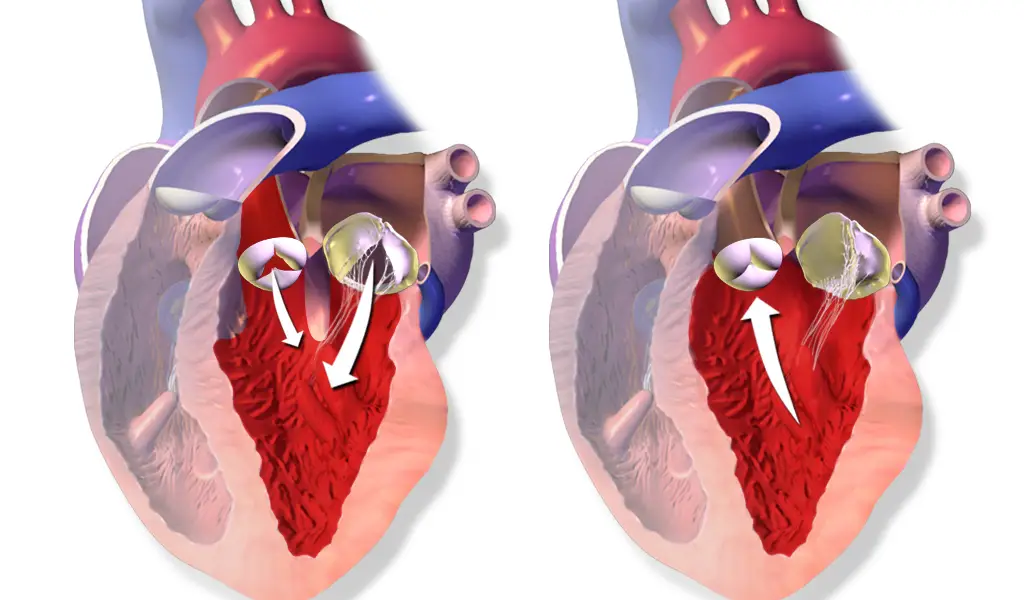
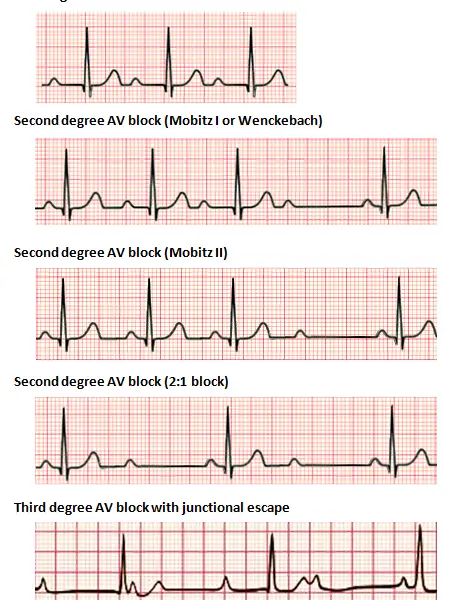

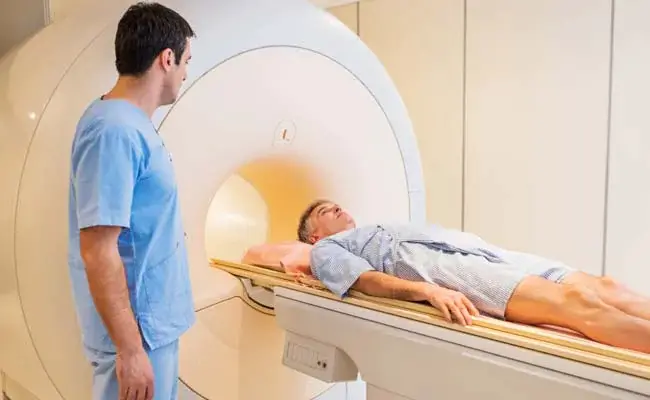
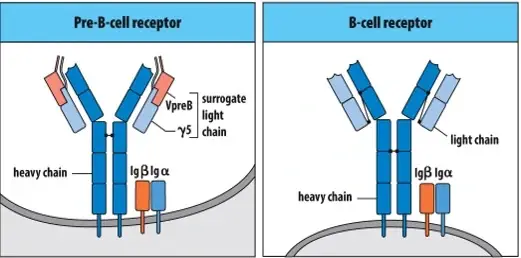



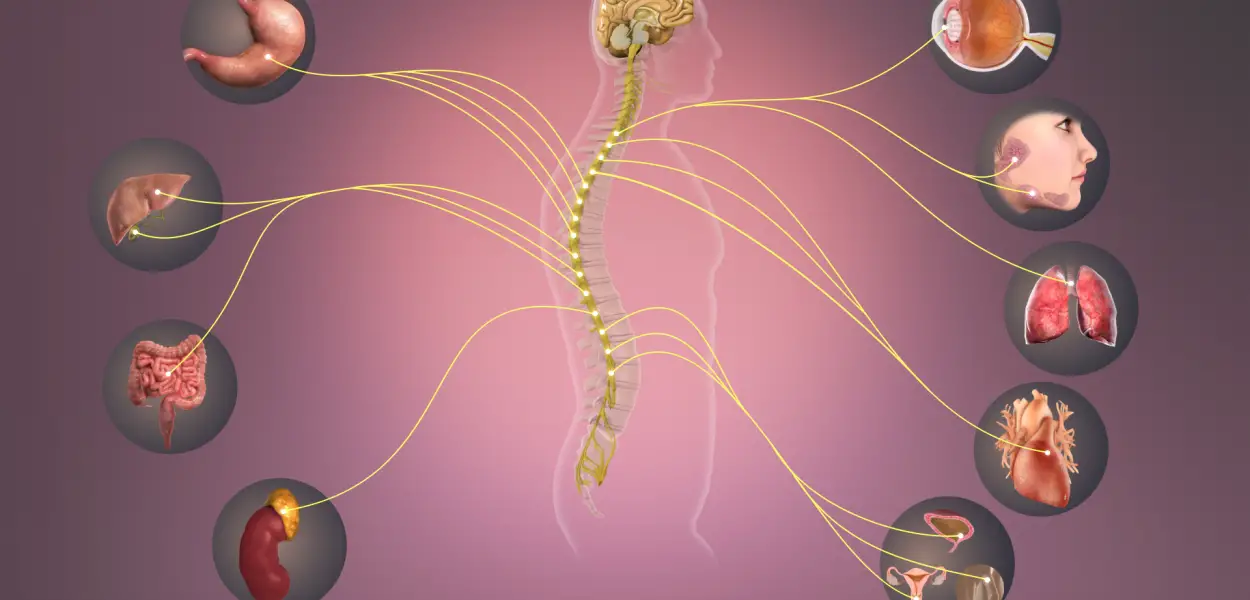
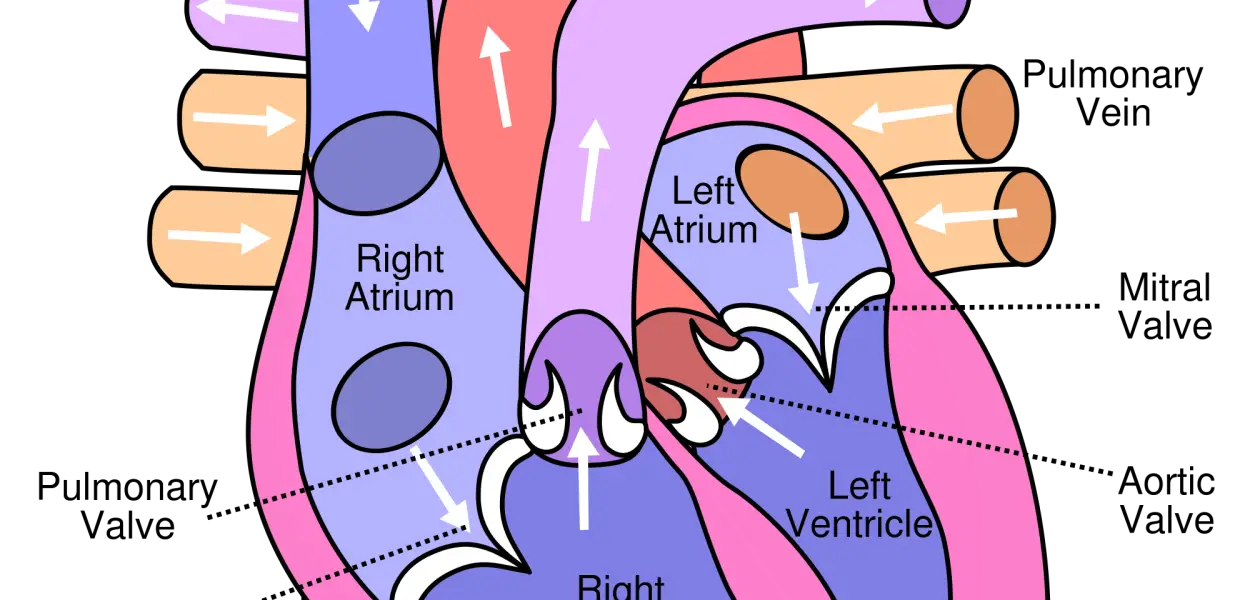
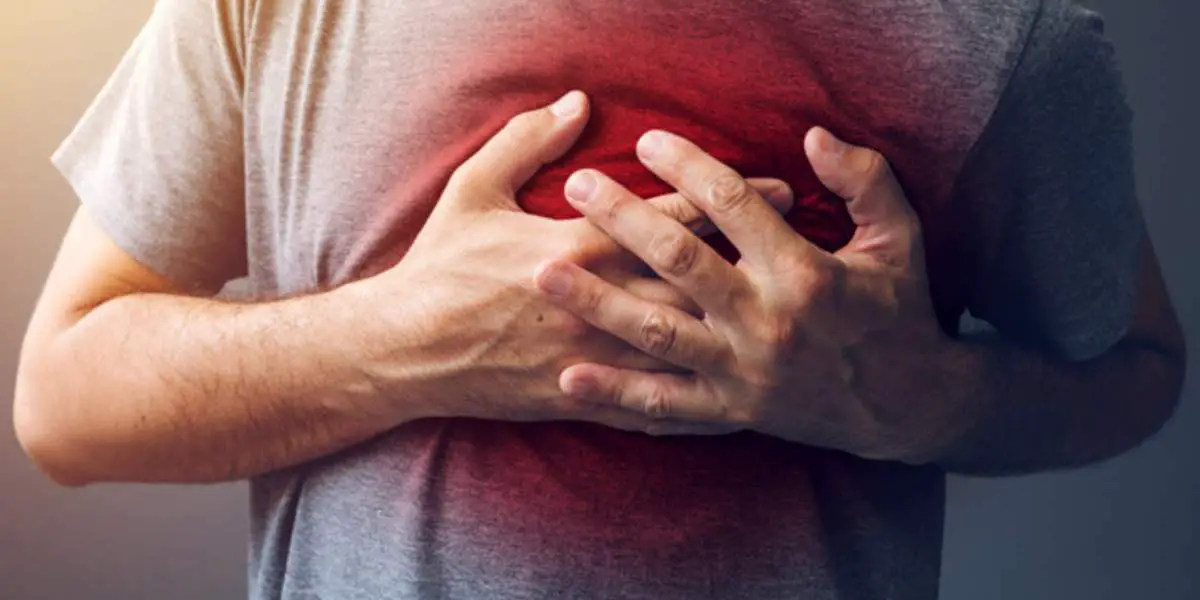
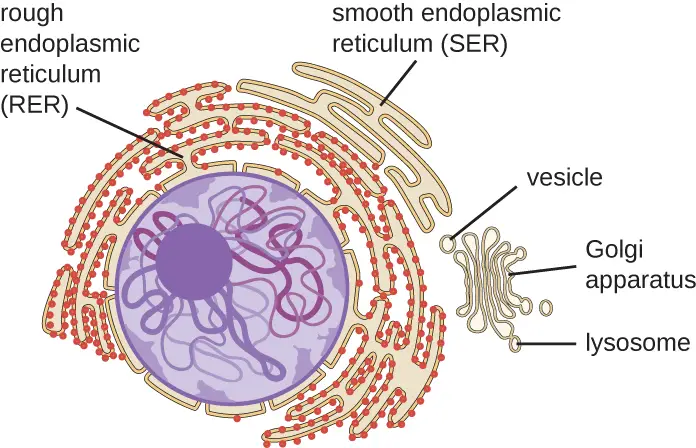
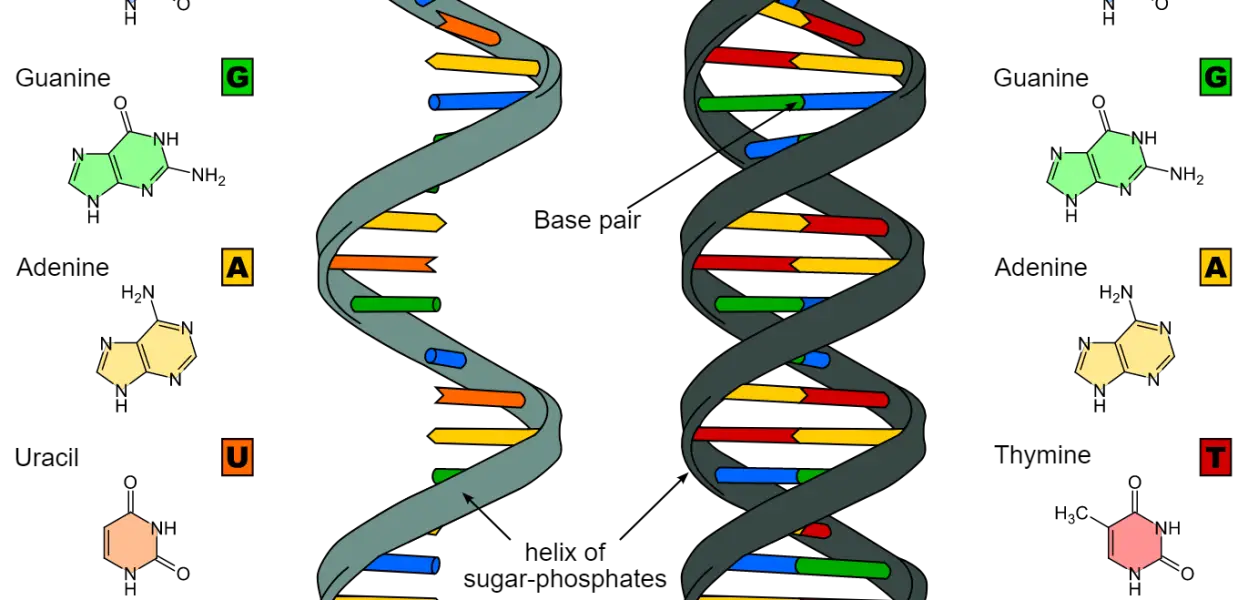
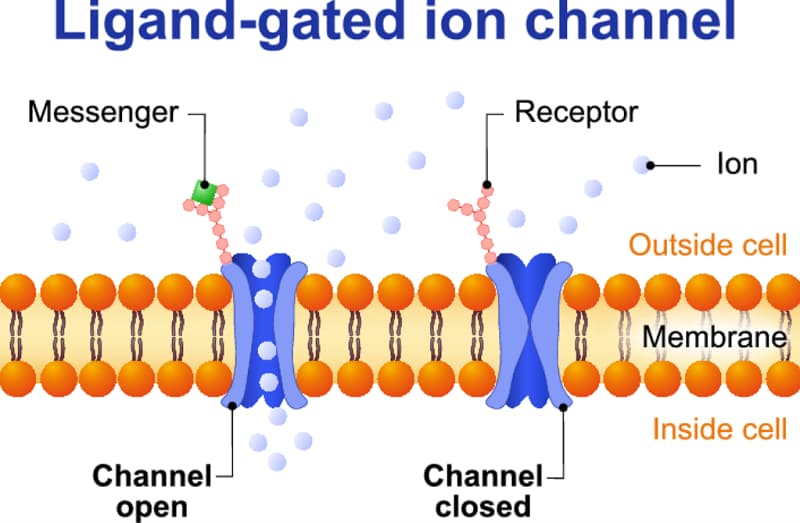
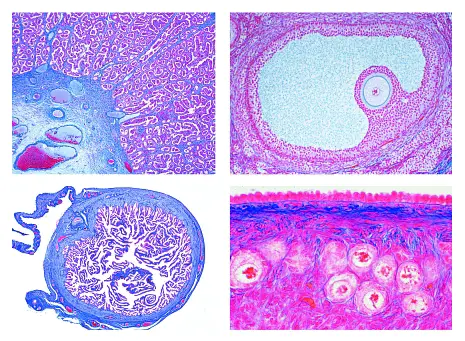





![Heart Block: First Degree vs Second Degree (Type I and Type 2) vs Third Degree - ECG Findings, Symptoms, Diagnosis, Treatment, and Prognosis [MCAT, USMLE, Biology, Medicine]](https://i0.wp.com/moosmosis.org/wp-content/uploads/2023/04/heart_block.png?resize=200%2C200&ssl=1)



![Gastrointestinal System 101: Pathophysiology of Diseases and Cancers, LFTs, Types of Hepatitis, PSC vs PBC, Cholecystitis vs Cholangitis, Crohn's Disease vs Ulcerative Colitis [Biology, MCAT, USMLE, Medicine]](https://i0.wp.com/moosmosis.org/wp-content/uploads/2022/03/image-17.png?resize=200%2C200&ssl=1)

